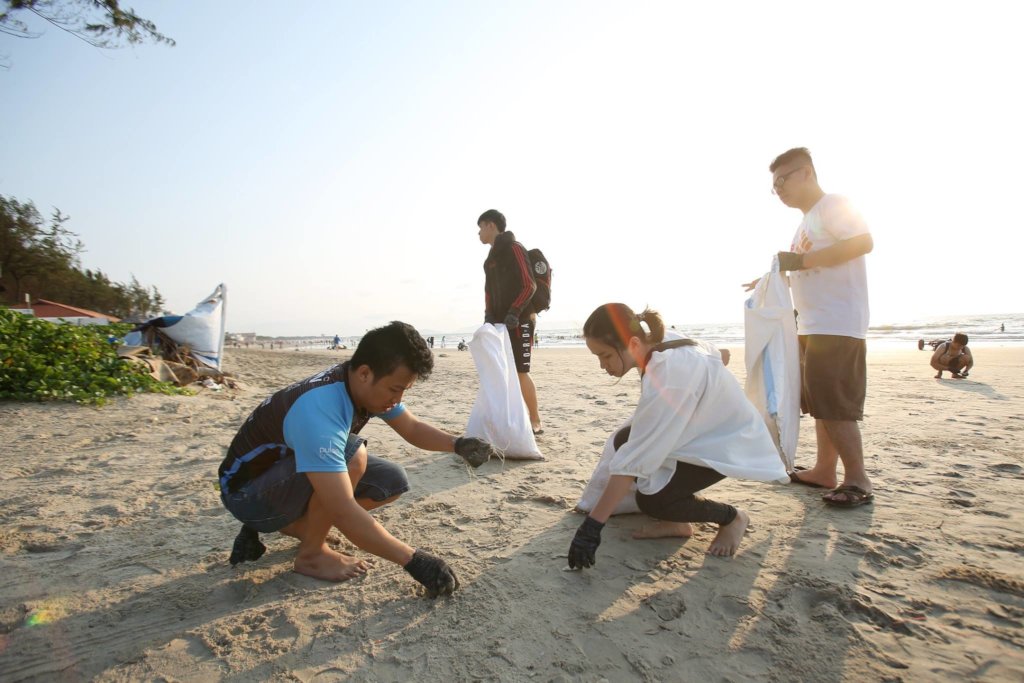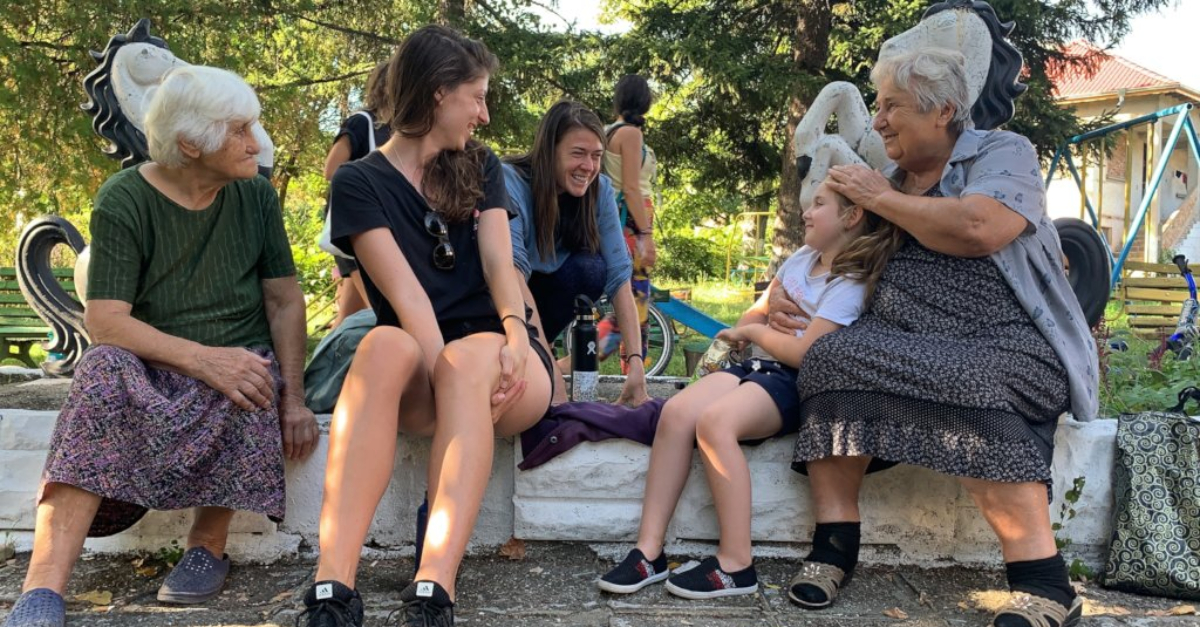Generation Z’s influence is undeniable. And with considerate, creative strategies, your nonprofit can channel some of their power to support your mission. These ideas for connecting with Gen Z can help you get started.
Seventy-five percent of Gen Zers believe their generation will change the world—and that includes me with my 1997 birthday.
Many new reports on my budding generation indicate that Gen Z is pragmatic enough to know that one person alone can’t change the world. At the same time, many of them remain idealistic enough to join collective efforts that push us toward a better world. When you think about it, that makes them a perfect partner for community-led nonprofits.
If you want Gen Zers to support your nonprofit’s work, it may help to know who they are and what they’re looking for. Obviously, we don’t want to overgeneralize about a group that’s 32% of the global population. But we can identify some shared characteristics. One I’ve personally observed is that Gen Z seeks (and knows how to build) a strong sense of community.
About 83% percent of Gen Zers said the pandemic has given them a newfound appreciation for in-person interactions.
A politically tumultuous year at home and the rise of TikTok, which puts users in front of content and people they didn’t formerly interact with, has shaped a new wave of youth activism focused on collective action over self-interest. Not only are Gen Zers actively branding themselves as more collective, but they also want a sense of purpose.
Research on Gen Z found that 82% say it’s important that their job contributes to the greater good, and 70% would rather do something meaningful than make a lot of money.
What nurtures a sense of community, creates positive social change, and offers fulfilling work? Community-led nonprofits!
By highlighting the values of community, collective action, and purpose in your programs and communications with Gen Z, your nonprofit can create meaningful and mutually beneficial relationships with young people around the world and in your community.
Now that you know more about what Gen Z is looking for, consider how your organization can connect with them. From building entire programs around young people to fostering social media engagement, the options are endless and will depend on your organization. Here are just a few examples of how your nonprofit can engage with Gen Z:
Once you determine your strategy, you can focus on getting your message in front of Gen Z. Whether you’re building an entire youth coalition, promoting youth-led projects, or something in between, you’ll likely be raising awareness online. After spending too many hours scrolling on TikTok, I can say with confidence that Gen Z isn’t going to respond to your content unless you say or do something that captures their attention. With more voices in the crowd than ever before, the pressure to create something that will “go viral” is high. But that doesn’t mean your content has to come with high production costs and extensive planning.
Instead, I urge you to be boldly authentic. The trick is figuring out what boldness means for your organization. Maybe your nonprofit is bold in the way you identify problems and present solutions. Maybe you know how to share stories boldly and creatively. Whatever it is, don’t be afraid to think outside the box and have fun.
I’ve noticed that many people my age are extremely critical of brands that use emotional ploys like guilt or shame as a sales tactic. Even if a product is more sustainable than the traditional alternative, saying that in the wrong tone can quickly turn people away. The same is true for donations. Gen Z isn’t the most financially secure demographic. Despite considerable spending power, the generation’s financial circumstances are varied and unpredictable.
Before the pandemic, one-third of Gen Zers worried about covering everyday expenses, including transportation and food, and one-quarter worried about paying for their own or a family member’s education.
That’s why I recommend building trust before you ask Gen Z for anything. Sharing educational content on a topic they’re interested in or your nonprofit’s take on a timely event can help this critical demographic develop a relationship with your organization before they’re asked to do anything. Another part of building trust is being accountable and transparent. If you make a mistake, be open about it. Share how your organization learned from it and will adapt and improve in the future. At GlobalGiving, we call this process Listen, Act, Learn. Repeat.
Refining and executing a Gen Z engagement strategy that works for your nonprofit can be tricky. It may help to see what organizations working toward similar goals are doing. Many nonprofits in the GlobalGiving community are actively investing in the power of youth. Here are a few examples of the many ways nonprofits are engaging with Gen Z around the world:
 Photo: CHANGE
Photo: CHANGE
Climate Action: Educate, Empower, Activate Future Plastic Warriors by Center for Hands-on Actions and Networking for Growth and Environment (CHANGE) in Vietnam is helping university students in Ho Chi Minh City become environmental leaders in their communities.
Disaster Recovery: The project, Recovery of Puerto Rico through Youth Leadership, run by Jovenes de Puerto Rico en Riesgo, Inc., is developing a “community leadership incubator” to help young people build strong support networks to quickly and effectively respond to disasters.
Racial Justice: Parti Program’s project Youth – Civic Action for Racial and Social Equity creates platforms for students of color to be included in civil, social, and service leadership in California.
Justice and Human Rights: Enrich the quality of life in Bulgarian villages by the Ideas Factory Association creates meaningful connections between urban youth and elderly people to renovate shared spaces, learn traditional crafts and human-centered design, collect stories, and share training from professional ethnologists on preserving folklore.
 Photo: Ideas Factory Association
Photo: Ideas Factory Association
Find exactly what you're looking for in our Learn Library by searching for specific words or phrases related to the content you need.